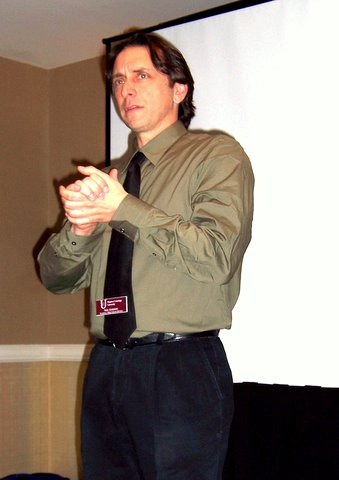Neil Gordon is offering two Lunch & Learn programs. Going Beyond LEED and Communicating Successful Drapery Design. Both sessions offer 1 AIA CES credit. Going Beyond LEED qualifies for HSW Sustainable Design. You can read the course descriptions below. If you are in the New York Metro area and would like to schedule a Lunch & Learn please contact Neil at:

Going Beyond LEED
LEED has become the standard for Sustainable building. Window Coverings plays a significant role in improving the energy efficiency of residential and commercial structures. However, LEED is only the first step. There are ways of going beyond LEED when it comes to window coverings, drapery, upholstery and fabrics. In this session you will learn about the latest advances in sustainable products and procedures in this burgeoning industry.
Learning Objectives
- To understand the various ways that window coverings can improve the energy efficiency of residential and commercial buildings.
- How to specify window coverings that improve solar reflectance and how to increase R values.
- How to go beyond LEED to understand drapery as an insulator for better energy efficiencies.
- To learn about organic and sustainable fabrics, supplies and methods in the fabrication of drapery treatments.
Communicating Successful Drapery Design
Does drapery design drive you nuts? Are you bombarded with questions because your drapery specs are insufficient? Do your designs end up a disaster, costing you time and money? Well, if you answered yes to any of these questions, then this session is for you. This hands-on session will address design, documentation, and installation of drapery treatments. You will have a better grasp on how to communicate effectively what the client expects to what is fabricated and installed, and you will be able to identify the critical areas with careful planning in order to avoid surprises.
Learning Objectives
- To understand the three step process of successful window covering design, documentation and installation
- To communicate effectively the client’s expectations for successful fabrication and installation
- To identify the critical areas with careful planning in order to avoid surprises
- To feel comfortable in specifying hardware, mechanisms, structural pockets and fabrics

